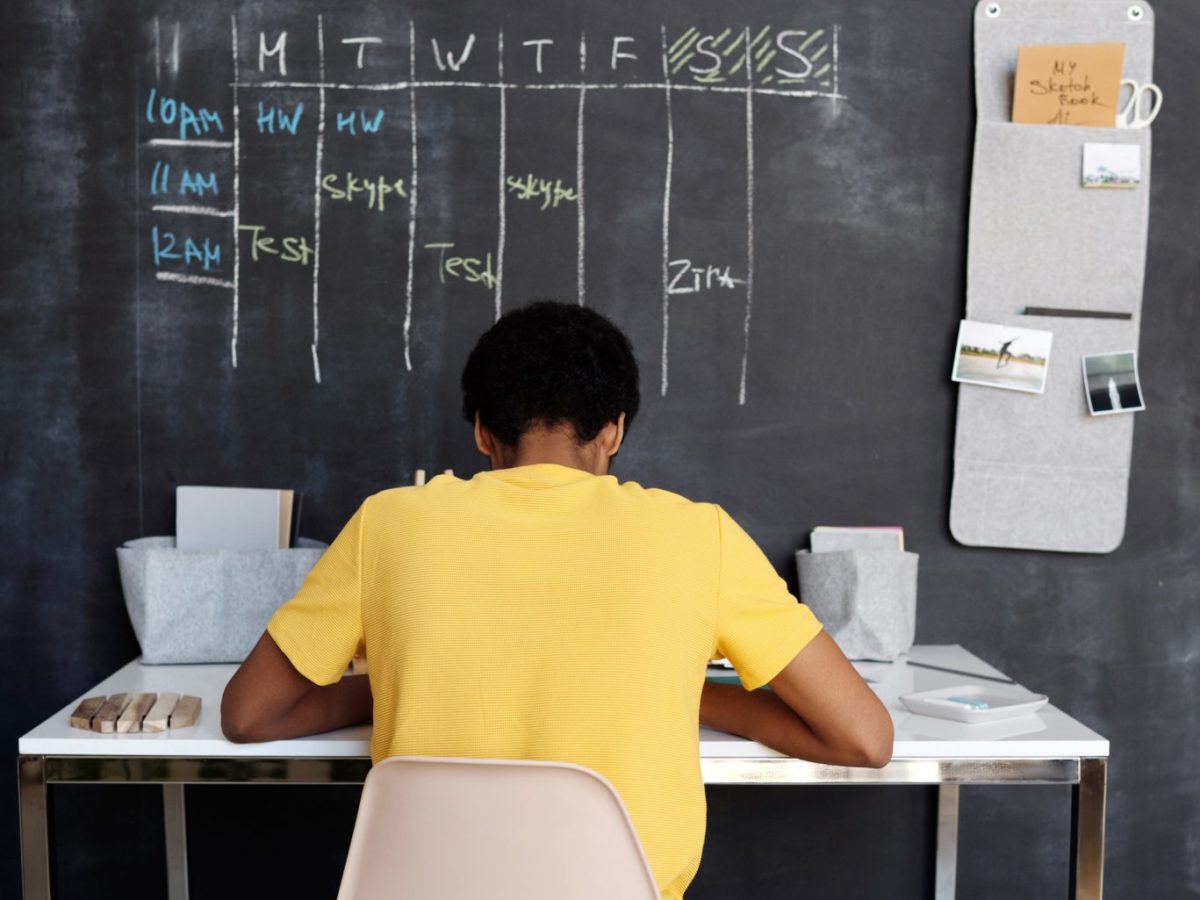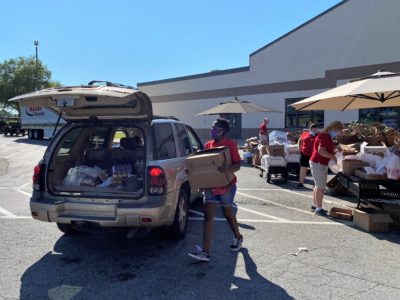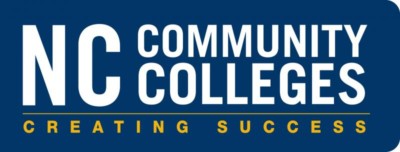

The persistent coronavirus has piled crisis upon crisis. A public health crisis generates an economic crisis that gives rise to a developing educational crisis. Will North Carolina mobilize to meet the crises and turn them into opportunities for an elevated new normal?
The answer to such a sweeping question will come in the practice of politics that fashions public will; in the policy responses of state and local officials; in the day-to-day performance of schools, colleges, and universities; and in the knowledge gained from journalistic reporting and academic research. Here are key findings and observations from recent research and commentary that lend perspective to the challenges ahead:
- On the premise that looking back helps decision-makers look ahead, three scholars led by Professor C. Kirabo Jackson of Northwestern University examined state education spending and student outcomes in the aftermath of the Great Recession of 2008-09. They present their findings as a forewarning of pressures on state-local budgets from the pandemic-induced recession.
Over the past decade, they report, education spending declined by an average of 7% nationwide. Along with per-pupil spending reductions, they found statistically significant declines in math and reading test scores and in college-going rates.
“Our results confirm that money matters in education and provide new evidence that school spending cuts matter as well,” they write. “First, the spending declines that followed the Great Recession halted a five-decade-long increase in student test scores in reading and math, kicking off what some have called a “lost decade” in terms of student achievement. Second, those cuts also were associated with slower rates of college-going among students on track to become first-time college freshmen, possibly undermining some students’ momentum during a critical moment of transition from K–12 to higher education … Given that the consequences of cutting public education spending are long-lasting, states facing a series of difficult financial decisions may wish to prioritize restoring education budgets as soon as possible after the recovery.”
- In a paper published by the National Bureau of Economic Research, three academics (two at Boston University, one at Harvard) reported what they found by using Google search data to track parents’ and students’ demand for online learning resources after the pandemic led to school closings. “We show the pandemic substantially widened socioeconomic gaps in searches for online learning resources,” they write.
What they termed “search intensity” went up markedly in households and neighborhoods of the affluent, but much less so among Black and rural students. Gaps along lines of income and ethnicity, says the paper, “are a widespread and fundamental feature of the post-Covid landscape.”
“Because remote learning will likely remain a central piece of the public education system for the foreseeable future,” says the working paper, “preventing the widening of achievement gaps may require improving access to home computers and broadband internet for low-income and rural students.”
- Another indicator of a rich-poor divide in this pandemic moment emerges in the survey of 474 school districts by the American Institutes for Research. The Hechinger Report, a national education website, summarized the preliminary findings.
“Nearly half of low-income districts distributed paper packets of worksheets to families, while more than three-fourths of wealthier school districts distributed everything digitally,” says the report. “… Low-poverty districts offered far more live virtual classes, live one-on-one sessions with teachers and prerecorded classes for students to watch at their convenience. High-poverty districts were far less likely to offer any of these three things.”
- A five-scholar team at the Brookings Institution drew on data from such institutions as the World Bank and the United Nations to offer a global perspective. School closures in 180 countries took 1.6 billion students out of their classrooms — and, the Brookings team estimates, the accumulated learning loss for today’s students would result in a mind-boggling $10 trillion in reduced earnings over their working lives.
The Brookings scholars note “high risks of increased disparities,” and call on governments and school leaders to protect vulnerable students. Still, they go on to say, “As challenging as COVID-19 is for education, it can be transformed into a watershed event for building more equitable and resilient education systems. Recovery from COVID-19 offers the opportunity to reimagine educational systems — using technology to improve outcomes, addressing inequality, and reducing learning poverty.”
North Carolina cannot convert the multi-layered crises into a “watershed event’’ for the education of its young citizens on the cheap.




